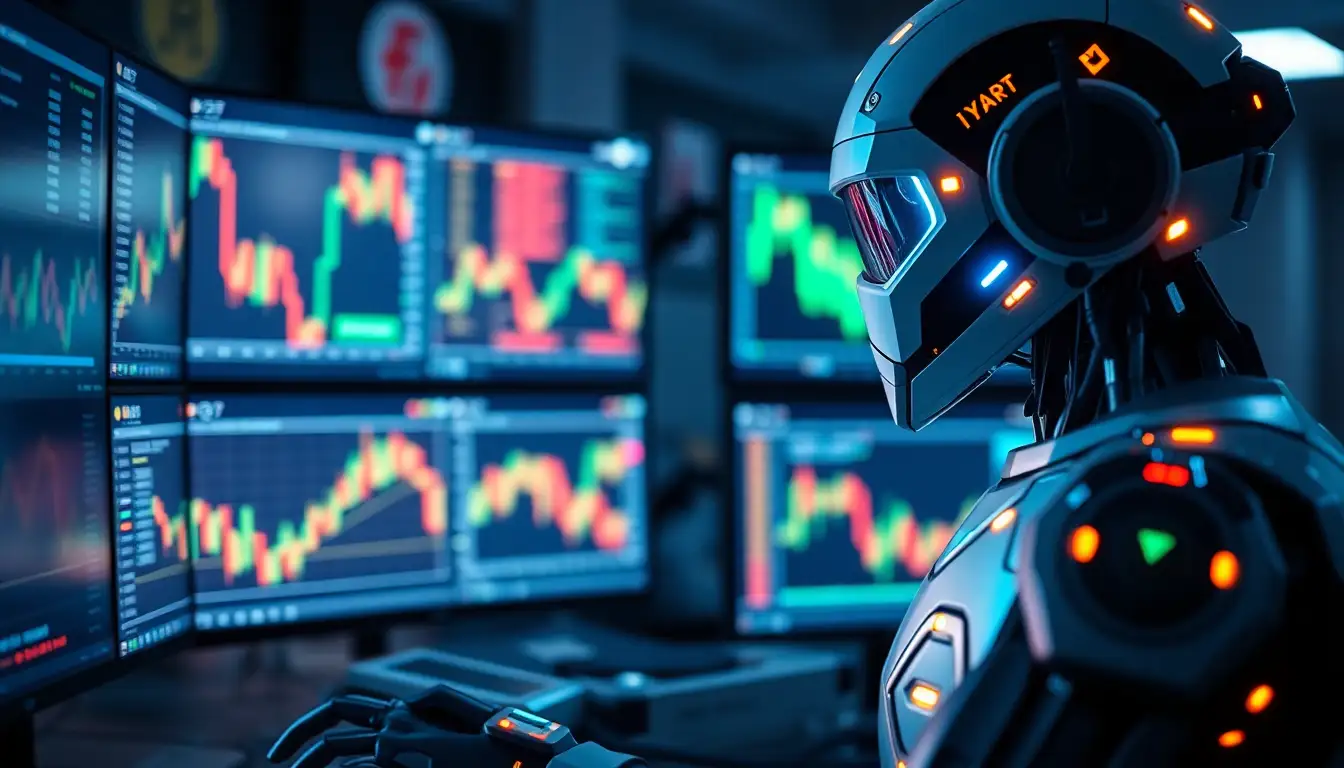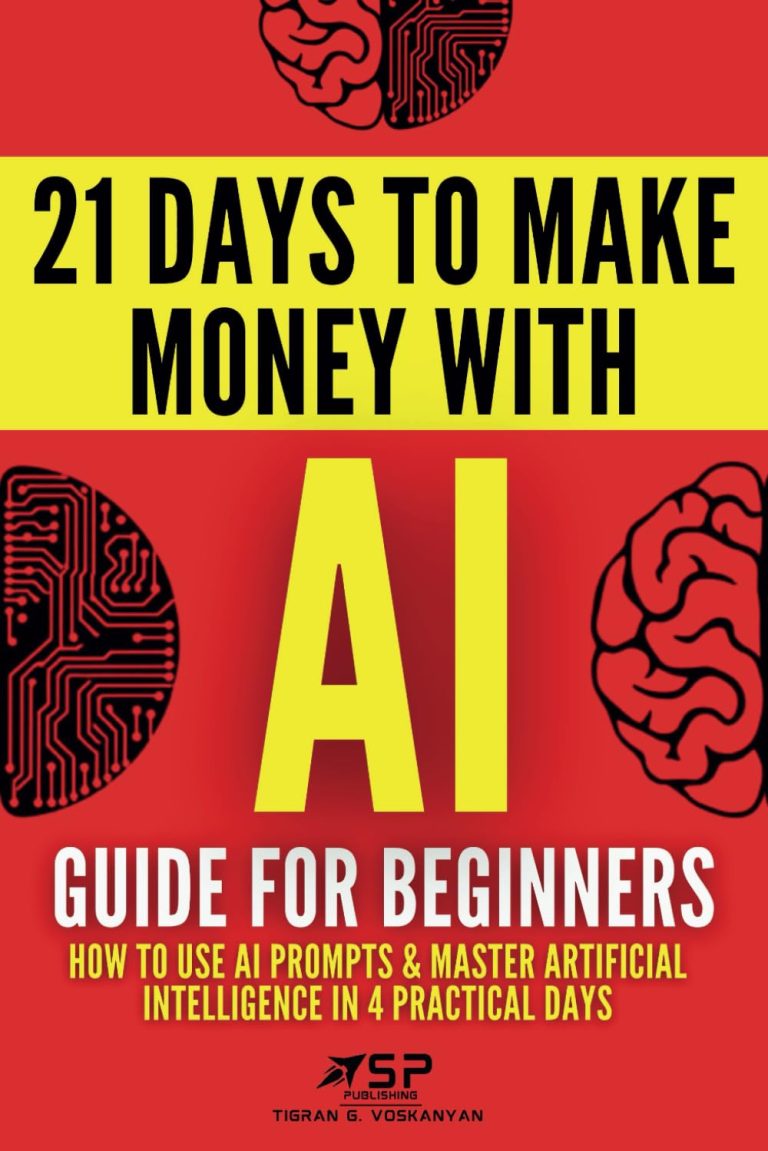
Now loading...
In the fast-evolving world of cryptocurrency trading, AI-driven bots are capturing the imagination of investors eager to automate their portfolios. Yet, according to seasoned professionals in the field, many enthusiasts are overlooking the fundamental mechanics of these tools and the pitfalls that come with them. These systems, while promising, demand a nuanced understanding to avoid costly missteps.
The surge in AI trading assistants has fueled a wave of optimism, but experts caution that the technology’s true strengths lie in handling vast datasets rather than delivering foolproof profits. Brett Singer, who leads sales and research at on-chain analytics firm Glassnode, highlights how AI excels at sifting through information at unprecedented speeds. For instance, Glassnode’s recently launched server, powered by Anthropic’s Claude model, enables users to query intricate market questions and receive insights almost instantly by tapping directly into proprietary databases.
Despite these advancements, Singer points out that the majority of AI trading bots struggle to outperform broader market trends in live scenarios. Many depend on simplistic historical simulations or narrow indicators, which pale in comparison to the sophisticated approaches employed by institutional quantitative trading teams. This gap underscores a key reality: AI isn’t a shortcut to riches but a tool that requires rigorous testing.
Distinguishing between versatile language models like OpenAI’s ChatGPT and purpose-built trading algorithms especially important, says Nodari Kolmakhidze, CFO and partner at predictive analytics company Cindicator, creators of the Stoic.AI platform. General chatbots, trained on diverse text data, aren’t equipped for the precision demands of financial markets, where even elite hedge funds grapple with consistent gains. Kolmakhidze stresses that specialized AIs, honed specifically for trading environments, offer better prospects but still aren’t infallible.
A common pitfall, according to Kolmakhidze, is viewing these bots as effortless wealth generators. In truth, shifting market dynamics—such as sudden spikes in volatility—can render even well-designed models obsolete. These tools shine in analyzing historical patterns but falter in forecasting unpredictable futures, necessitating ongoing human supervision and periodic reassessments.
Ultimately, both experts envision AI as a collaborative force rather than a replacement for human traders. Singer likens it to a tireless junior analyst operating around the clock, providing support that amplifies decision-making without supplanting expertise. As the integration of AI into crypto trading deepens, investors are urged to approach these innovations with tempered expectations and a focus on sustainable strategies.
For deeper insights into these developments, tune into the latest episode of Cointelegraph’s Byte-Sized Insight podcast, featuring interviews with Singer and Kolmakhidze, available on Apple Podcasts or Spotify.


